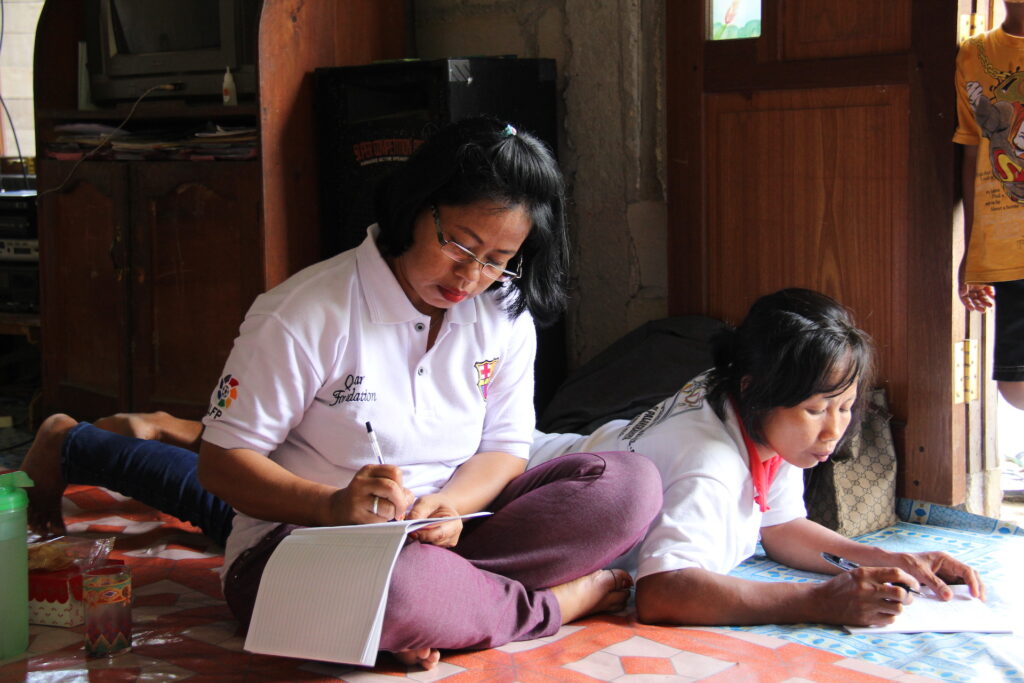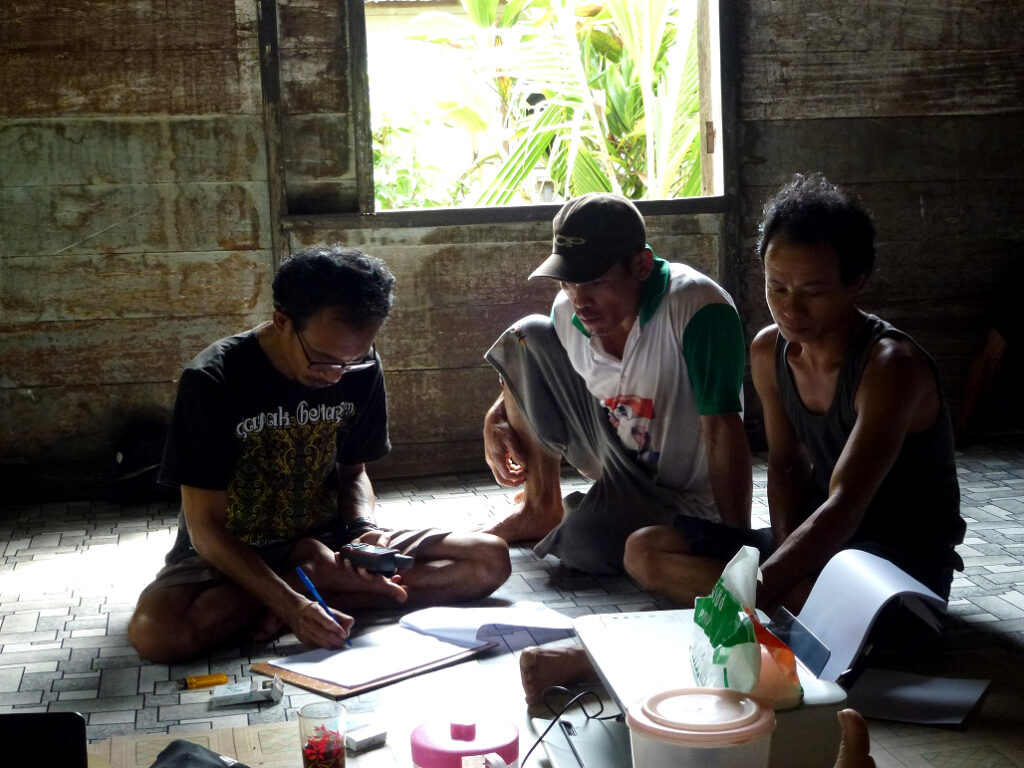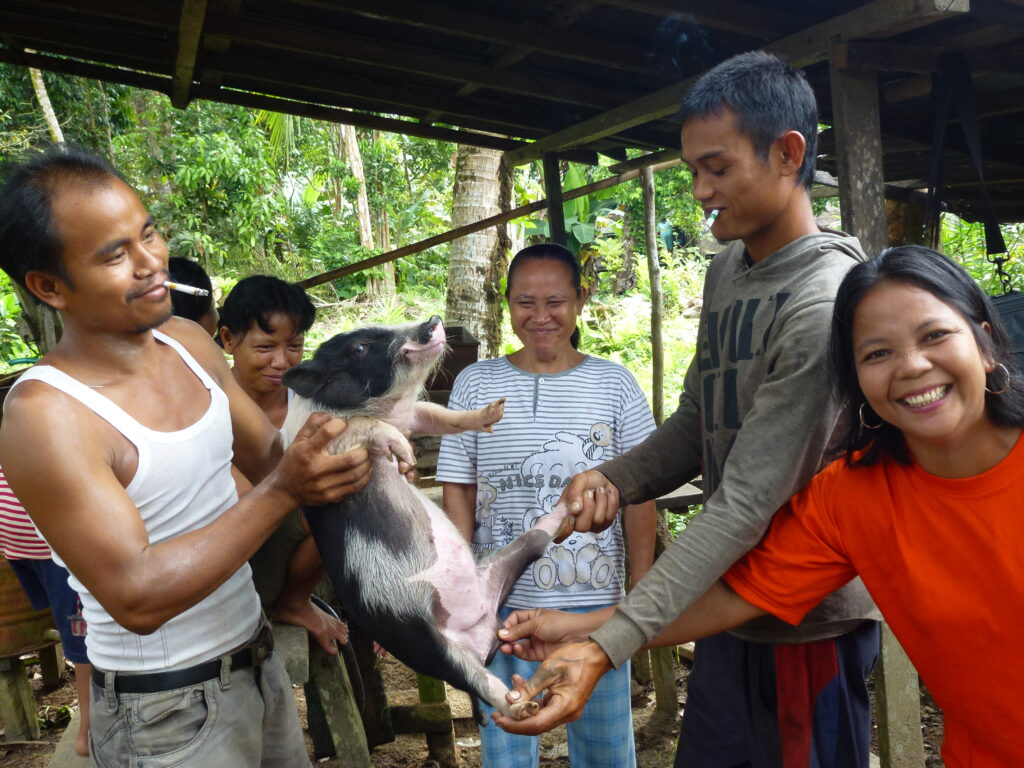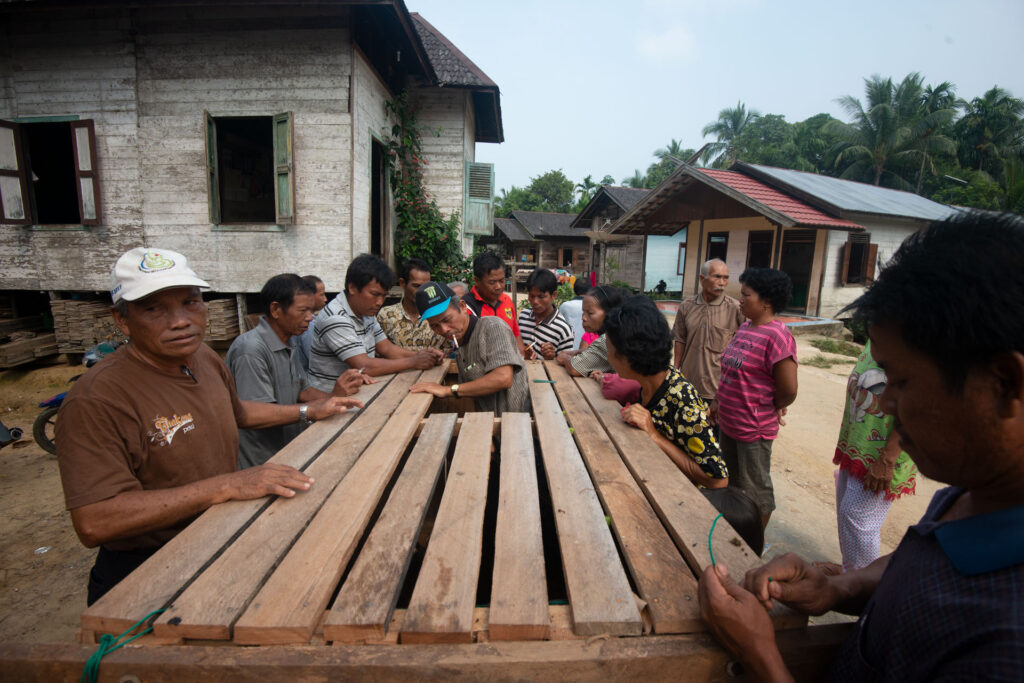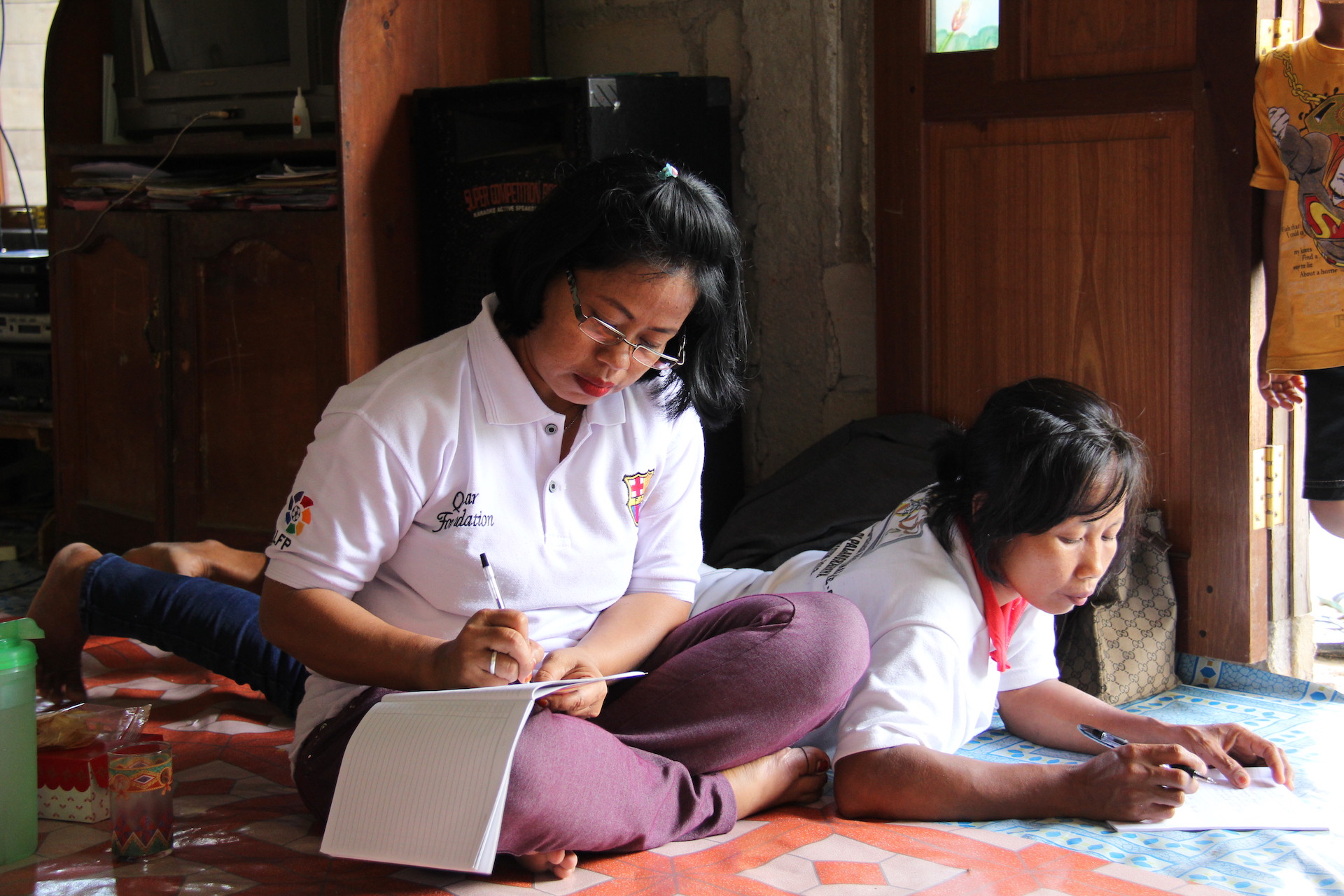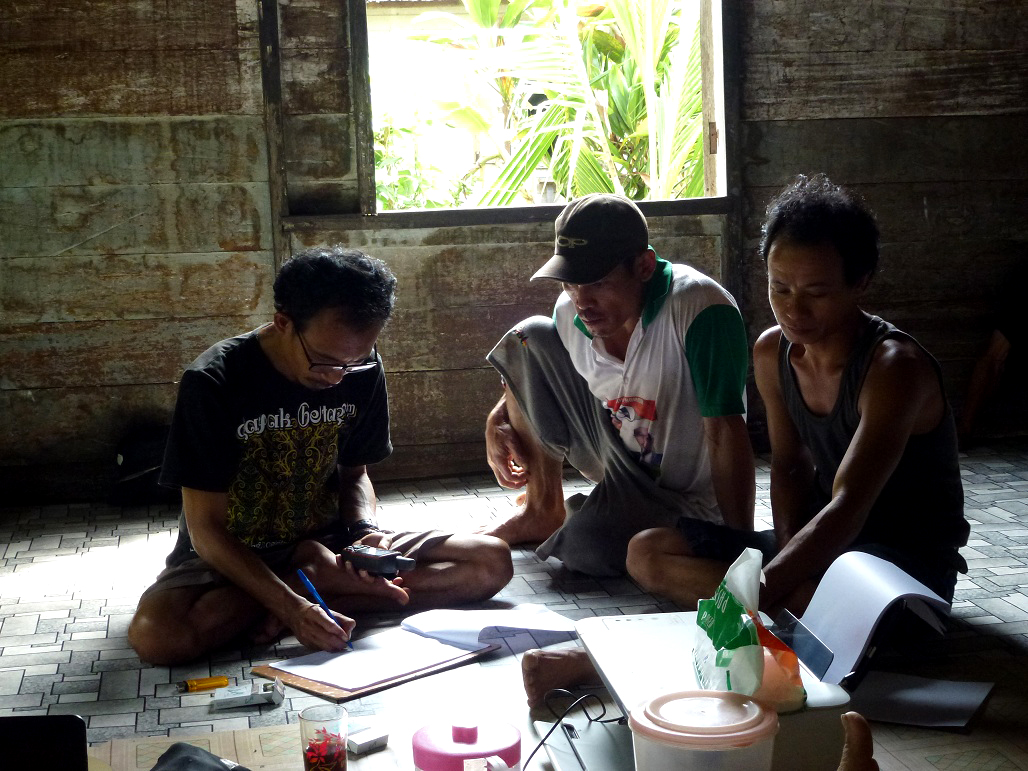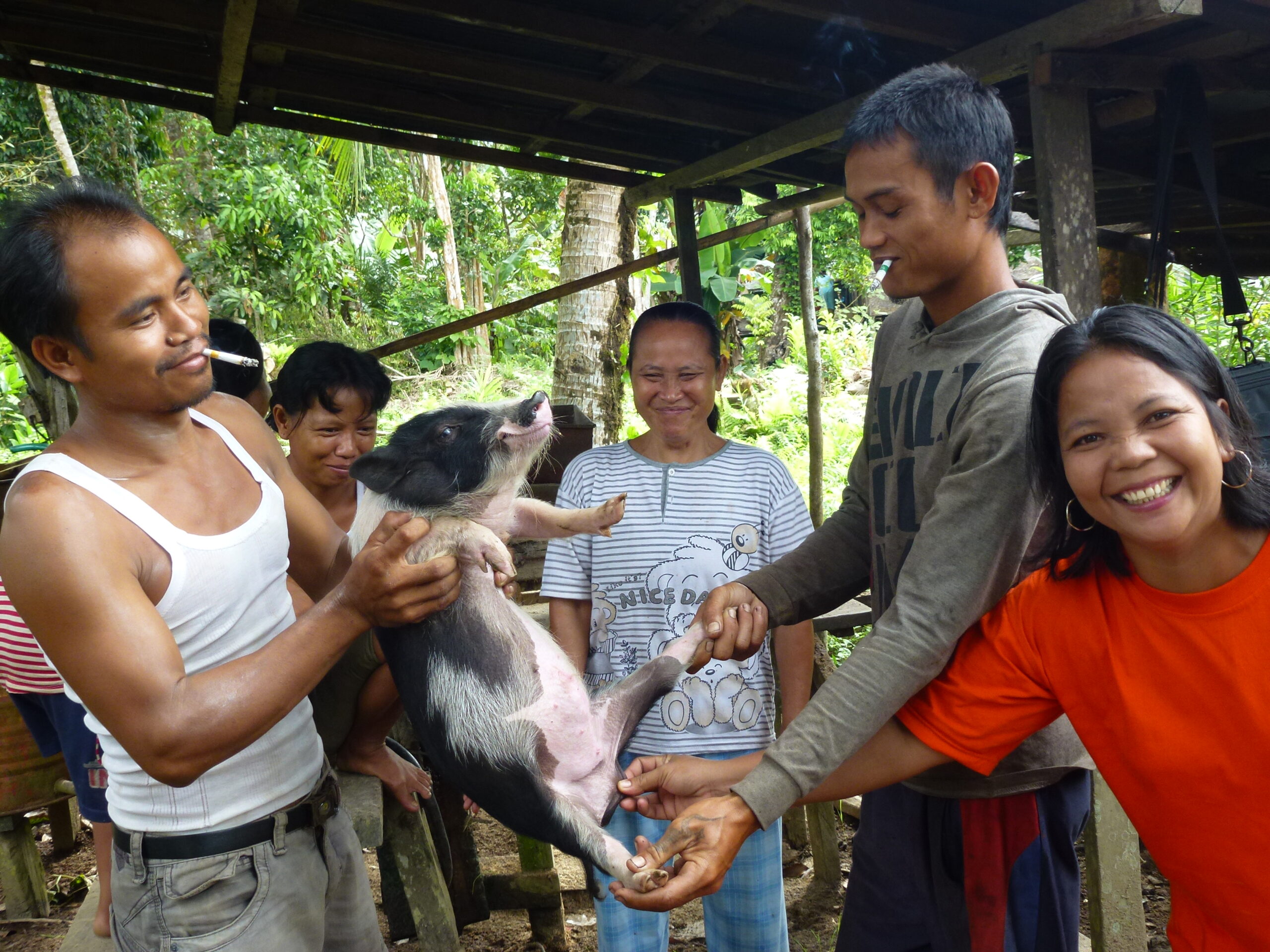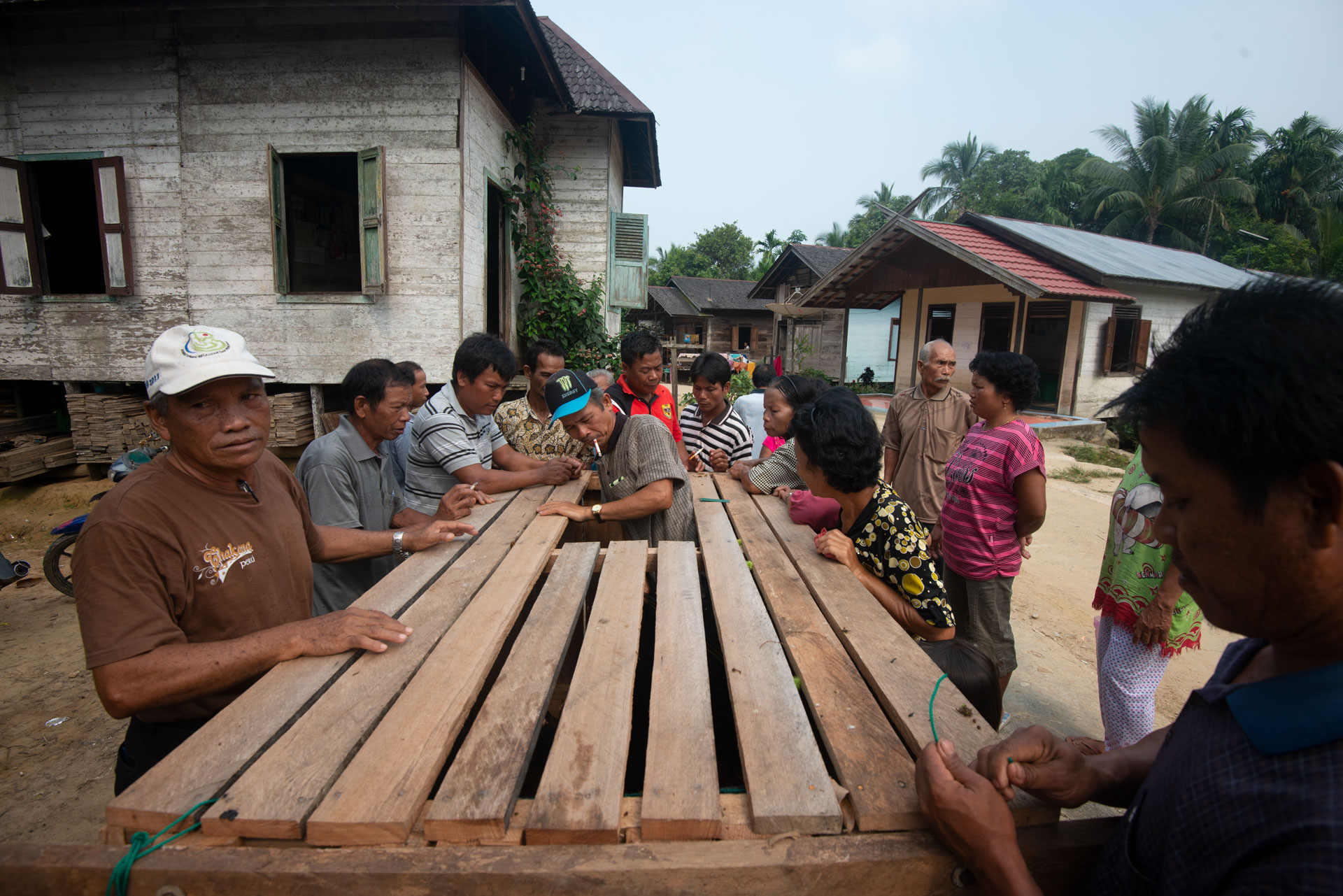Pembangunan Partisipatif
Village-based development planning has always been a core activity in the YTS program of work. Village-based planning enables villagers to identify their priority needs and key areas where external support will make a significant difference. YTS assists in the planning and in linking villagers with external resources, such as government services or technical expertise.
To this end, YTS has developed a participatory analysis and planning methodology that enables ordinary villagers to participate in planning, decision-making, implementation, and benefit sharing. This Community-Led Analysis and Planning (CLAP) process is a bottom-up planning process that takes into account various important components in community life including Education, Health, Livelihoods, Culture, Governance, and Infrastructure.
The CLAP process also helps local people to create their own annual Village Development Plan (RPJMDes). When finalising their plans, villagers select their own priority areas, and identify where they need external support, either from government or from other sources. Having created the village plan, YTS then works to ensure its success and that it enters into the local government’s formal village development planning process (Musrenbangdes).
The CLAP methodology is based largely on the Participatory Rural Appraisal (PRA) methodology pioneered in the late 1980s and early 1990’s by numerous NGOs in India, in collaboration with Dr. Robert Chambers from the University of Sussex in the UK. CLAP is rooted in those initiatives and draws heavily on the PRA toolbox. The methodology has been designed to bring about systemic change, in particular to improve the capacity for communities and local government to interact more effectively. Its main function is to foster conditions of improved governance at community level and more broadly in the district.
Upon entry into a new village, our staff will always facilitate a community-based needs analysis using the CLAP methodology. This provides a deep level of understanding of the demographic, economic, social and environmental dynamics in the community, allowing for more appropriate and realistic planning. Government planners and service departments then use this information to design and fine-tune their support programs and community services.
